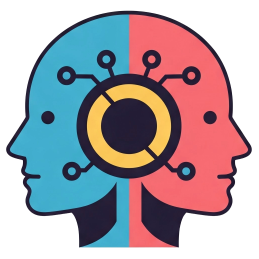Rethinking AI: Beyond Predicting the Next Word
In discussions about Artificial Intelligence, especially with regard to large language models (LLMs), a common critique arises: these systems merely function as advanced algorithms predicting the next word in a sequence. This raises an essential question: if AI isn’t just about word prediction, what alternatives exist for effective communication with machines?
While the critique of LLMs as mere mathematical constructs that churn out likely word sequences is worth examining, it’s crucial to understand the broader implications. Consider a future where artificial general intelligence (AGI) exists—whether it’s 200, 400, or even 1,000 years from now. If such an entity emerges in a digital format, how will it communicate with us? It’s unlikely that it will do so through a single, definitive action or assertion. Instead, we might expect a complex interplay of thoughts and intentions expressed through a continuous stream of language and actions.
As someone with a background in Machine Learning and hands-on experience with neural networks, I can attest to the fact that, at its core, Artificial Intelligence relies heavily on mathematical frameworks. While the underlying mathematics may not be extraordinarily complex, it is the application of these principles that yields sophisticated outcomes.
So, what should we expect from AI beyond simple word prediction? This is an invitation to skeptics and enthusiasts alike to consider the nature of AI’s output. If we dismiss the notion of language modeling as merely “fancy auto-complete,” we must propose alternatives that elevate AI to something more meaningful.
What forms of output would redefine AI in our eyes? Should it engage in more nuanced dialogues, showing understanding of context and emotion? How can we envision an AI that not only communicates but thinks and interacts intelligently without pouring over a predictable set of responses?
Ultimately, the concept of predicting the next word may be a stepping stone to something greater, but it isn’t the endpoint. The challenge lies in defining what constitutes meaningful interaction with AI. As we continue to develop and refine these technologies, our perceptions and expectations will evolve as well, paving the way for innovative forms of communication with intelligent systems.









Leave a Reply